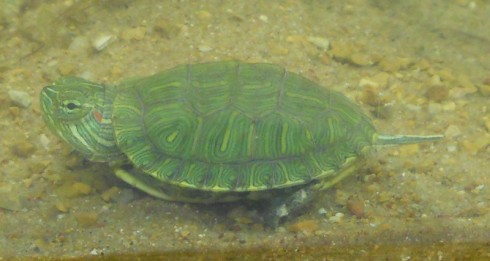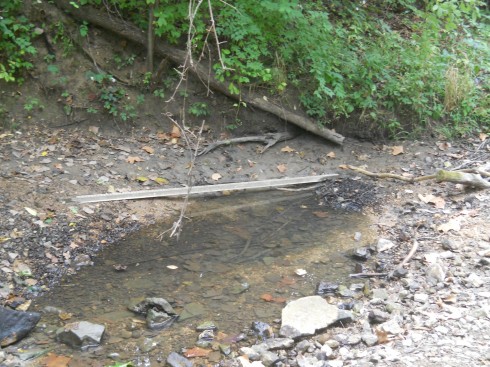
It has been remarkable to see the drying of the creek over the relatively dry summer.
Spring.
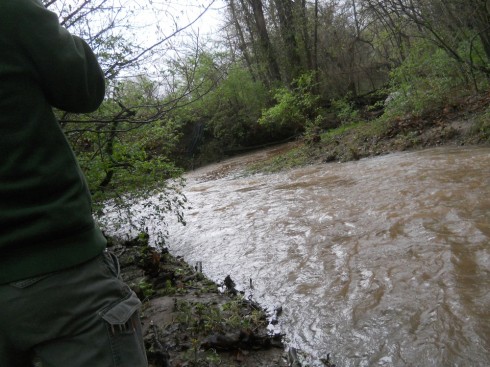
Mid-Summer
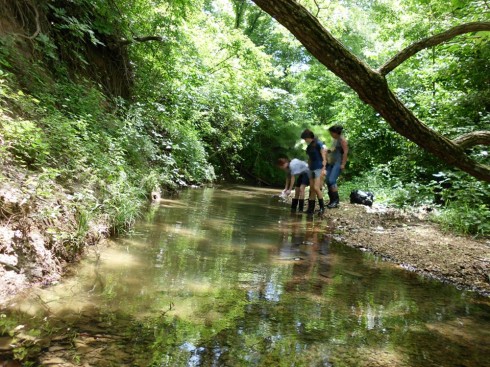
End of the summer.
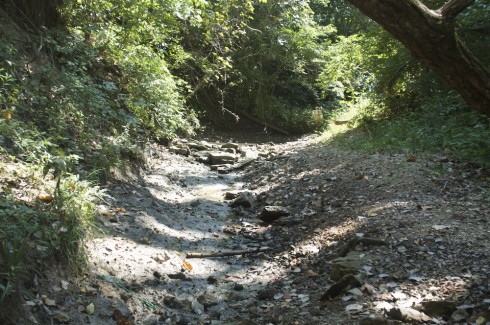
Middle and High School … from a Montessori Point of View

It has been remarkable to see the drying of the creek over the relatively dry summer.
Spring.

Mid-Summer

End of the summer.

This year, the creek is teeming with crayfish, especially compared to last year during the drought when the creek dried up and the crustaceans were hard to find. I had five students out collecting organisms on Wednesday, and they came back with ten crayfish ranging in size from a couple centimeters long, to one that was about 12 centimeters from claws to tail.
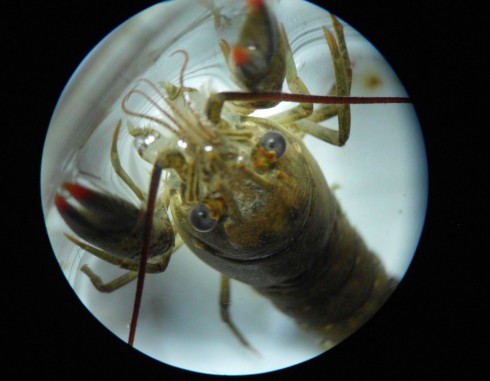
I was just looking at one of the pictures I took and realized that I did not know what species it belonged to. I’ll be having students do reports on individual species for biology next year, and I’d be very surprised if someone did not choose crayfish. They’re so many of them and, as my students from Wednesday will attest, they’re just so charismatic. While I’ve not looked into it much myself, the Crayfish & Lobster Taxonomy Browser seems a decent place to start researching.
Among the interesting things we collected from the creek yesterday, was a tadpole that was in the process of developing legs.
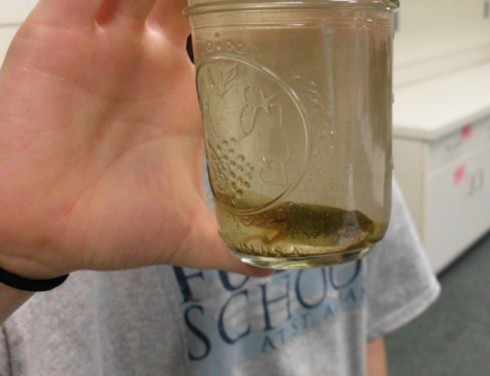
This is particularly interesting since we’ve had a tadpole in our fish tank since last fall that still has not shown signs of transforming.
More testing of the higher powered stereo-microscope with this flower specimen from a catalpa tree on campus.

The catalpa tree leaf and flower for reference.

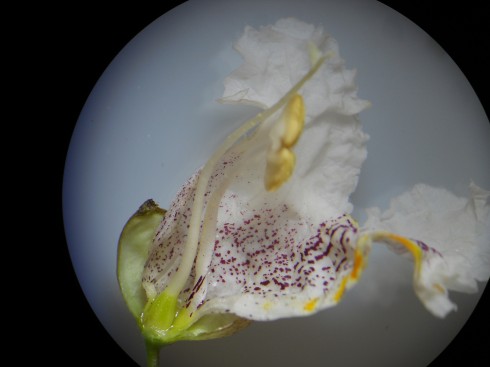
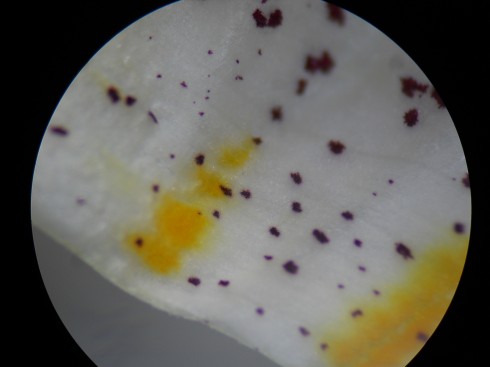
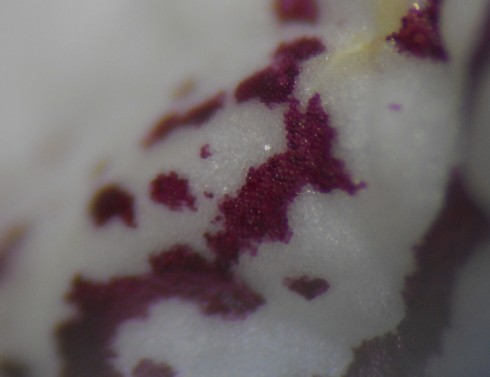
A month in the spring can make a huge difference. Move your mouse over the image (or click the image) to see the difference between April and May on the Fulton School campus.
The full sized images can be seen here.
Note: To embed the image above use:
<iframe style=”overflow:hidden;” src=”http://earthsciweb.org/js/images/spring/spring.html” width=490 height=326 seamless />

This little guy was rescued just down the road by one of our bicyclists. His under-shell, which is called the plastron, is beautifully decorated.
It’s in the fish tank with the tadpoles at the moment. Red-eared sliders grow to 12-25cm long, and they’re named after the red splotch that’s located just behind their eye.
It seems happy enough in the tank, but we’ll release him to the creek at the end of the semester in a couple weeks.
They’re native to Missouri, but according to the Missouri Department of Conservation’s nice little reference book, Show Me Herps, these have been the targets of illegal collection, and international trade. Ones released in Europe have become invasive species there.
